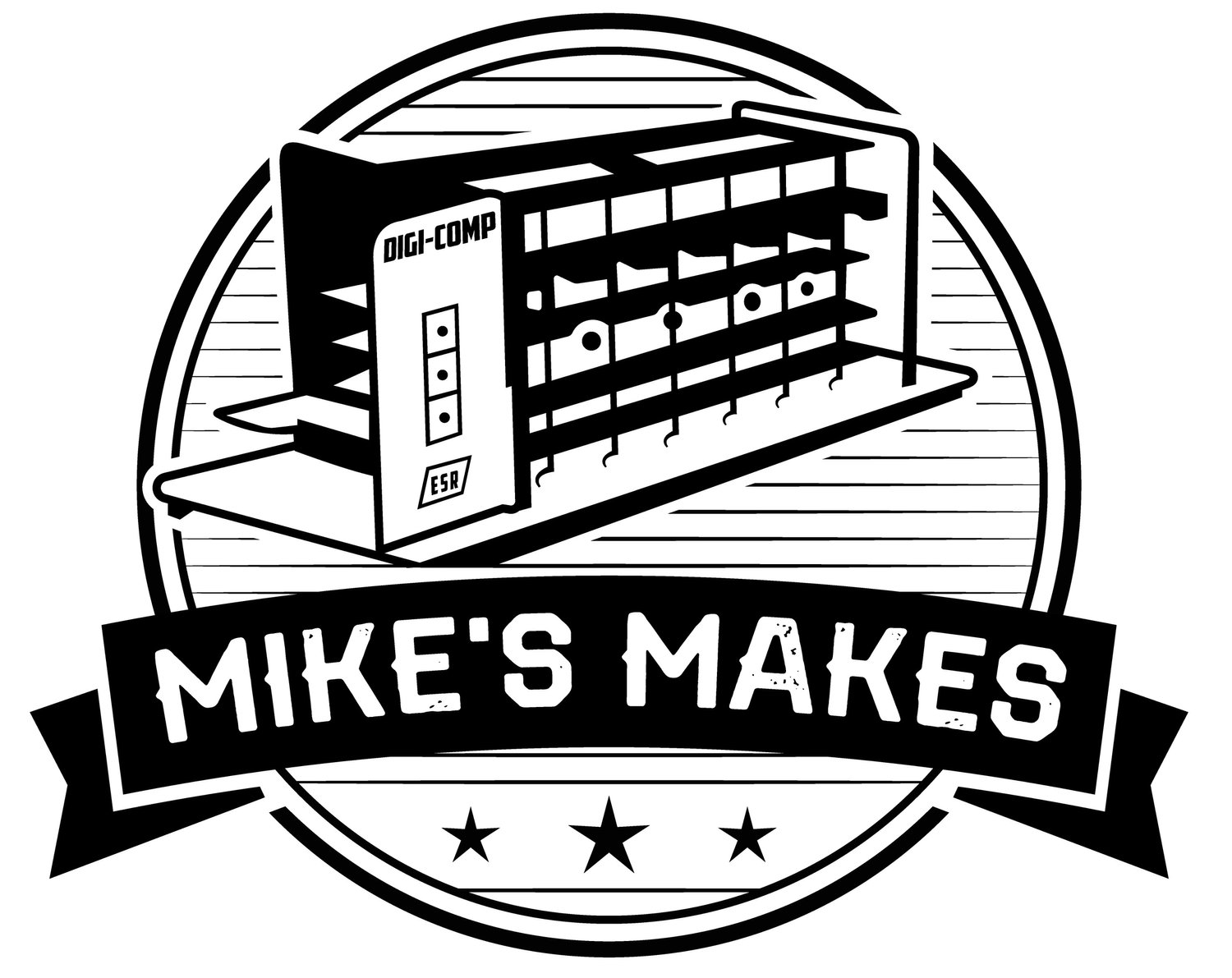Challenger 4P (Summer 2023)
My Challenger 4P Reproduction
Manufactured By: Ohio Scientific Inc.
Release Date: 1979
When we think about the dawn of the personal computer era, names like Apple, Commodore, Radio Shack, and Sinclair come to mind. That's because these companies were the big winners in this new market, selling millions of personal computers to first time buyers. There were of course many other companies competing for market share at the same time, with capable and innovative products that didn't quite make the cut. Ohio Scientific Inc. (OSI) was one of these companies.
Formed in 1975, Ohio Scientific Inc. (OSI) sold a wide range of computer products from the low end Model 500 single-board computer to high end Challenger III disk based business systems selling for $13,000 or more (in 1970s dollars). One of their most popular systems was the Challenger 1P, based on the upgraded single-board computer the Superboard II. The Challenger 1P was relatively inexpensive, selling for around $350 (US) in 1978.
In 1979 OSI introduced the Challenger 4P. When the C4P was launched, Ohio Scientific said that it was a giant step in the world of the home computers. It was twice as fast as an Apple ll or Commodore Pet and more than three times as fast as a Tandy TRS 80. However, despite its technological lead, the C4P and other Ohio Scientific computers always suffered from a lack in efficient software and attractive handbooks. For this reason, very few third companies built cards and peripherals for the Challenger series. So, the C4P didn't withstand to the competition of the Apple II and II+ version which appeared 4 months later.
Still for about $800 (US) you got:
6502 microprocessor running at 2MHz.
A full 53-key ASCII-like keyboard with full upper/lower-case capability.
NTSC video display 64x32 characters with scrolling and character editing capability.
Cassette storage using the Kansas City audio cassette standard.
Microsoft 8K BASIC in ROM.2K Machine code monitor in ROM.
A minimum of 8K static RAM expandable on board to 32K.
An actual OSI keyboard.
I started looking more closely at the Challenger 4P as a potential reproduction candidate when I was working on my MCM/70 Reproduction. It turns out that the keyboard that I was going to use for the MCM/70 is an OSI reproduction keyboard from Dave at osiweb.org since they were very similar. I used Dave's Sol-20 reproduction keyboard for my Sol-20 Reproduction and it worked out great. If you check out Dave's Unified Retrocomputer Keyboard Project on GitHub you will see that he also offers keyboards for Apple I, Apple II/II+, Generic ADM/3A teletypes, and most importantly to me OSI computers. So I ordered an OSI keyboard PCB and stabilizer, OSI keycaps, and an encoder from Dave for my new Challenger 4P reproduction project.
There is a very active and robust OSI community out there. As a result, making a reproduction of many OSI computers is probably easier than it would be with other lesser known offerings from the era. For instance reproduction motherboard PCBs for many models including the Challenger 4P have been created based on 4000 DPI scans of the originals. I can see these on eBay for as little as $45. I'm not sure how much parts would be. These boards have somewhere in the range of 10-30 TTL chips per board, and you'd probably want machined pin sockets, so parts could add up. While this is something I might consider doing if I was making this reproduction just for myself, I'm not sure this approach would be for everyone. For all of my reproductions I try to design them so that anyone could make one for themselves. So my Challenger 4P reproduction was based on a software emulator running on a Raspberry Pi 4. While not as "pure" as a hardware implementation, this greatly simplified the build for anyone attempting it.
Some Build Details
My Challenger 4P build follows the pattern I established with the Sol-20 and MCM/70 projects. The case frame is constructed from wood, with walnut sides just like the Sol-20. I 3D printed the case “skin”. Because of the size of my print bed I had to print the skin in six parts and bolt them together. With the skin on as a guide I was able to align and mount the keyboard. I printed a "caddy" (red) to hold the Pi 4 in place and added a small 30 mm x 30 mm x 10 mm blower fan for good measure to keep things cool. The Pi and the caddy are secured in place to with two sided tape. The Pi is wired to an encoder that reads the keyboard input through an IDC flat ribbon cable. Details can be found in the Project Logs link below.
At the end of the day, most importantly IMHO, while not household names, the OSI Challenger 4P deserves to be recognized as being an integral part of our shared person computer history.




